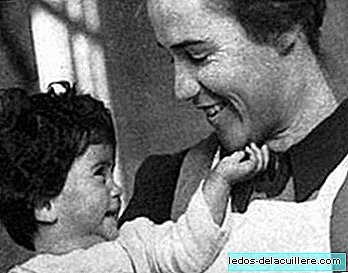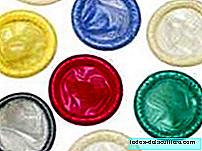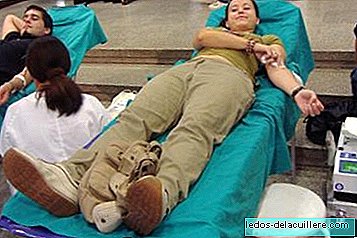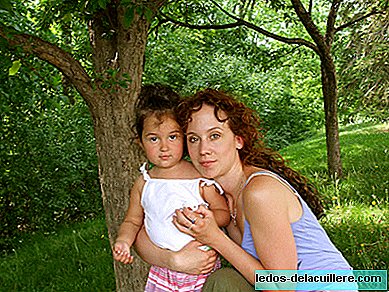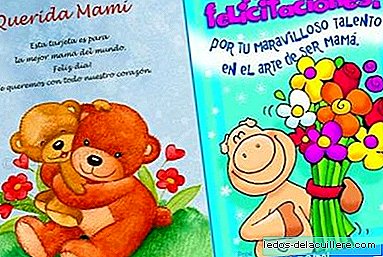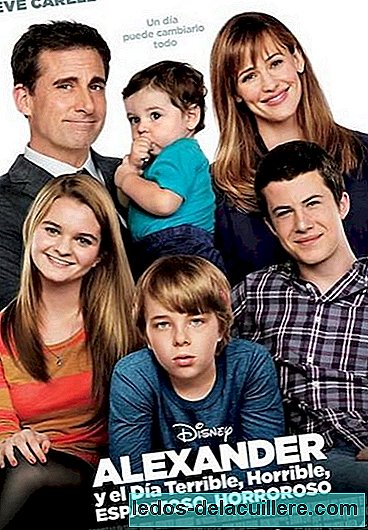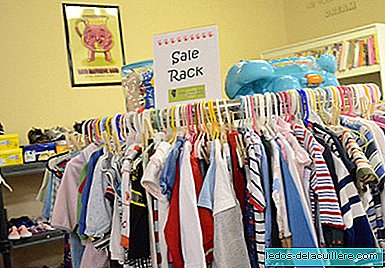
The international organization Greenpeace presented yesterday the results of a new study that Test the presence of toxic chemicals in items of trademarks of children's clothing and footwear (such as fashion garments, brands specialized in sports and other luxury). These products are being sold in countries such as Spain, Colombia, Argentina, States or Mexico or Mexico, which a priori could indicate not only under the commitment of companies, but also too much permissiveness on the part of governments.
Between May and June 2013, a total of 82 children's textile items manufactured in 12 countries were purchased. Among the acquired brands are American Apparel, C&A, Disney, GAP, H&M, Primark and Uniglo; and sports brands such as Adidas, Li Ning, Nike and Puma, as well as the luxury brand Burberry.
The hazardous chemicals detected in some of the products analyzed yielded results above the technical detection limits used in this study. Although these products were made for children, no significant differences were found between the range and chemical levels found in it and in previous studies in which these substances were analyzedMany dangerous chemicals are known to accumulate in our bodies; Some of these are known to be dangerous for their properties and for being harmful to health. The use of hazardous chemicals in these clothes also leads to the release of those chemicals in the environment, either during manufacturing or as products directly.
In some cases, there may also be a potential risk for children by being directly exposed to these hazardous chemicals
Analyzes have found 61% of garments containing nonylphenol (a group of chemicals that act as hormonal disruptors); and more than 94 percent contained phthalates, a toxic that affects reproductive development in mammals. Efe Ann Lee is responsible for the toxic campaign of the Greenpeace office in East Asia, who states that although the risk inherent in contact with these chemicals is evident, the direct consequences are unknown at this time; yes: scientific studies warn of the possibility of impact on health.
Why is it dangerous for children to wear clothes made of toxic products?
A large number of factors that include size, metabolism and behavior can make the developing fetus, babies and children more vulnerable to some toxic chemicals. Among them is the reduced metabolic capacity to divide or eliminate absorbed toxic substances by the body with the risk of having more severe effects than in adults who are exposed to the same situation.
For example, before twelve months of age, the liver and kidneys have not fully developed, so the toxins are eliminated more slowly, from that age they mature, but they are not yet adult organs.
Vulnerability, especially of children to certain chemicals, has led to relatively more restrictive - but still insufficient - regulations. to reinforce the standards for the use of a small number of toxic chemicals in some products (like phthalates in toys). Although it is necessary to protect children from direct exposure to toxic chemicals, in some cases, this goal is never enough: where these limits exist, they are not as low as could be achieved.

Do we detoxify our children?
As of the launch of the Greenpeace Detox campaign in July 2011, eighteen of the leading clothing manufacturing companies publicly pledged to eliminate toxic substances from their supply chains. While most of these companies are acting as leaders making tangible progress; Three companies: Adidas, Nike and Li Ning are not doing it.
However, other companies have not even committed to it, even when they are involved in the toxic scandal that Greenpeace has referred to in previous reports. It is therefore urgent that producing companies clean up their supply chains and ensure new generations a future free of toxic substances.
There is no "safe" level (how would it exist?) Of toxic chemicals, which is why the zero use goal constitutes the only reliable basis for effective actions to eliminate the use of these harmful substances. Businesses and governments need to commit to achieving this goal.
Not only nonylphenol and phthalates, antimony, PFCX or organostannic agents have also been found, and sometimes the levels are even higher than the manufacturer's own standards.
This new Greenpeace study clearly confirms the outcome of previous research: despite decades of regulations and corporate responsibility programs, Toxic chemicals - including the eleven priority groups identified by Greenpeace in the textile sector - are still used in the supply chain of textile companies of recognized prestige.
After the discovery of all these toxic chemicals, you should be alerted about the so-called "acceptable limits" of these chemicals that have allowed emissions from a multitude of sources from the manufacturing process to the final product. In some cases, some of these chemicals have been impregnated in the environment and in some cases they have accumulated in animals and humans over the years.
I don't know, I think it would be time for consumers were a little more responsible, because after all, to the desired change for producing companies and governments, greater awareness should also be attached. I am convinced that with the information in hand, and our decision power, we have more strength than we think. And let's not forget that we talk about the health of ours, but we must also ask ourselves in what working conditions such clothing is manufactured, and how these chemicals are affecting the workers of the factories where it is manufactured.
Images | KOMUnews, J Via | El Periódico More information | Little Monsters, Greenpeace Report on Peques and More | The 'slavery' of low-cost clothes from two points of view


